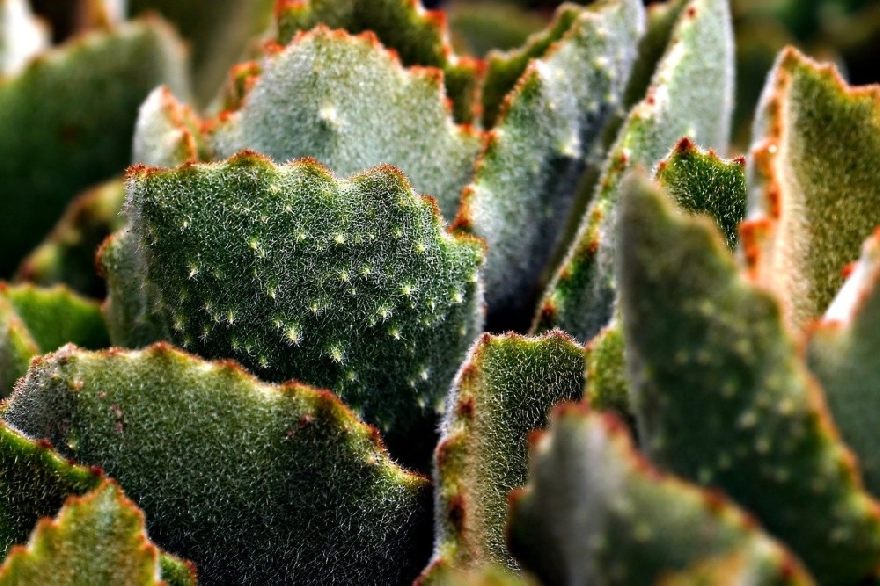Mescaline cactus.
Mescaline cacti, also known as peyote cacti, are a group of cacti that contain the psychoactive alkaloid mescaline. Mescaline is a substance that has hallucinogenic effects on the central nervous system and can cause altered thinking, visual and auditory hallucinations, and intense emotional experiences.
The best known and most widespread mescaline cactus is the peyote cactus (Lophophora williamsii), native to the arid desert areas of northern Mexico and southern United States. Peyote has been used ritually by indigenous cultures in North and Central America for centuries and is an important part of some Native American religions.
The use of mescaline cacti for non-ritual purposes, particularly for its hallucinogenic effects, is illegal in many countries. However, in some countries there are religious exceptions or specific legal provisions for the traditional use of peyote by indigenous communities.
It is important to note that the use of mescaline cacti can be potentially dangerous and comes with risks. Hallucinogenic substances should always be used with caution and under proper supervision. Before using mescaline cacti or any other psychoactive substance, it is advisable to find out about local laws and possible risks.
Various cacti contain psychoactive substances
You're welcome! Here is some more information on mescaline cacti:
1. Effects: Mescaline is a psychedelic hallucinogen that can affect perception, thinking, and emotional experience. Effects may vary from person to person, but typical effects include visual distortions, increased sensitivity to color and sound, altered perception of time and space, and intense spiritual or mystical experiences. 2. History: The use of mescaline-rich cacti such as peyote dates back to Native American cultures. In some cultures, these cacti were used for ritual and spiritual purposes, to establish contact with the spirit world, to gain spiritual knowledge or used in initiations and ceremonies. 3. Peyote: The peyote cactus (Lophophora williamsii) is the best-known mescaline cactus. It has a spherical body and is slow growing. The mescaline concentration varies depending on the age and size of the cactus. Peyote is often eaten fresh or made into a bitter tea. 4. Other Mescaline Cacti: Besides peyote, there are other cacti species that contain mescaline, such as San Pedro (Echinopsis pachanoi) and Peruvian Torch (Echinopsis peruviana). These cacti are mainly native to the Andean regions of South America. 5. Legal situation: The legal situation regarding mescaline cacti varies from country to country. They are illegal in many countries due to the psychoactive effects of mescaline. However, there are exceptions for religious or spiritual purposes, particularly in relation to the traditional use of peyote by indigenous cultures. 6. Risks: There are potential risks of using mescaline cacti. These include unpredictable mental reactions, anxiety, paranoia and the possibility of experiencing what is known as a "bad trip". It is recommended to take them in a safe and supportive environment and to observe an appropriate dosage.
It is important to emphasize that this information is for educational purposes only and is not an invitation to use mescaline cacti. The use of hallucinogenic substances should always be used responsibly and with caution.











